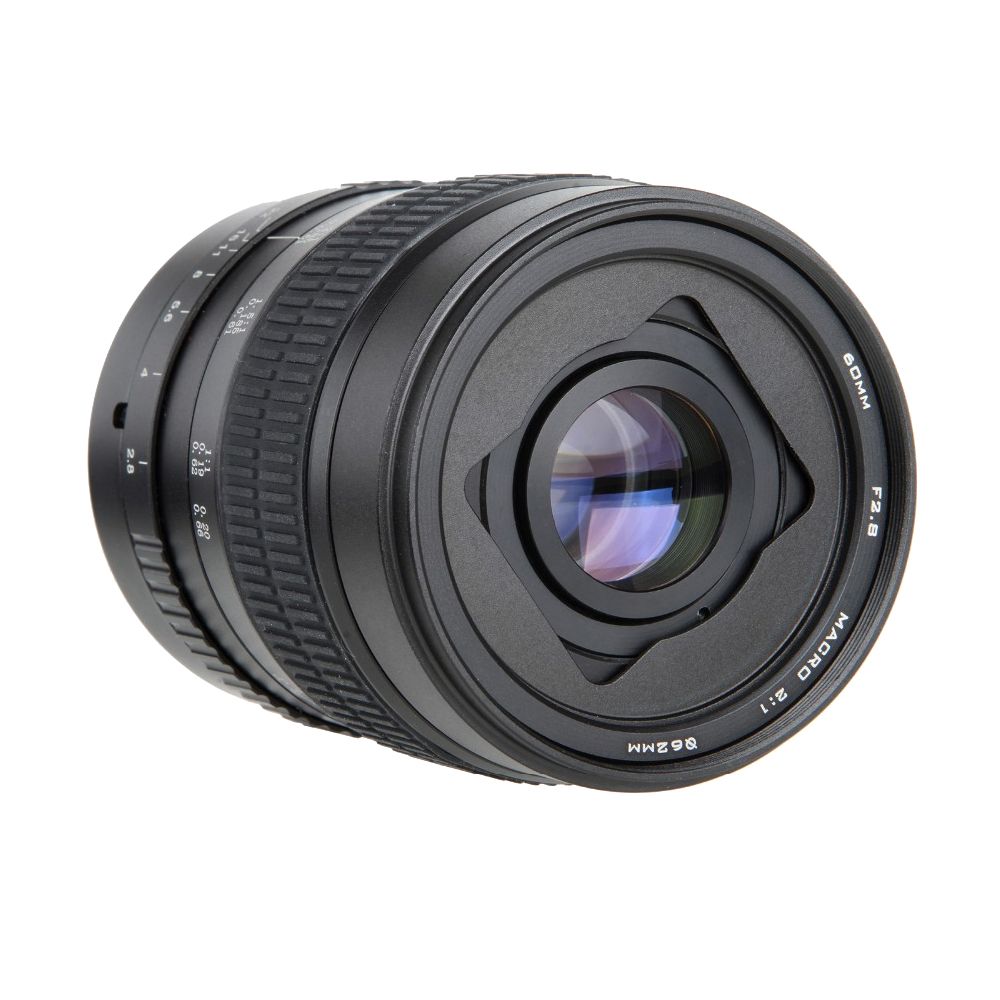
Some scrap lumber and 1/4–20 nuts and bolts to make a solid table mount for the bellows base Notice that the PS-4 slide copy adapter has its own little bellows that meets the lens and attaches to its filter ring threads, to keep stray light out of the light path:Ī daylight color-temperature incandescent lamp to backlight the slides when scanning (or daylight from a window) Here is the setup with the Micro-Nikkor 55mm lens attached to the bellows. Nikon Micro-Nikkor Auto 55mm 1:3.5 lens, about $90 used. Here is my PB-4 bellows with PS-4 slide copy adapter attached to the right end: Nikon PB-4 bellows with PS-4 slide copying adapter, about $80 on eBay.

I have digitized a few thousand old slides, film, contact prints, etc., my father inherited from his parents. See also: What are the major differences when digitizing slides/negatives with a DSLR vs. Your D750 has 24 megapixels (6016 by 4016 pixels), so after cropping, your digitized images would be (6016 × 0.22) × (4016 × 0.22) = 1324 × 884 pixels = 1.17 megapixels.įor comparison, a flatbed scanner at 1200 DPI would produce images at 1700 × 1134 pixels, or about 1.93 megapixels. Your lens has a maximum reproduction ratio of 0.22x, which means that when your lens is set up at the minimum focus distance (0.38 m / 1.25 ft) at the longest focal length, a 35mm negative/slide will only fill slightly less than a quarter of the width and height of your camera's field of view. So you're looking for a 1:1 reproduction ratio.


For maximum resolution of the digitized negatives, you want them to fill the DSLR's sensor area.
#Best nikon macro lens 2020 full
Your Nikon d750 has a full frame sensor, meaning it's the same size as a 35mm negative frame.


 0 kommentar(er)
0 kommentar(er)
